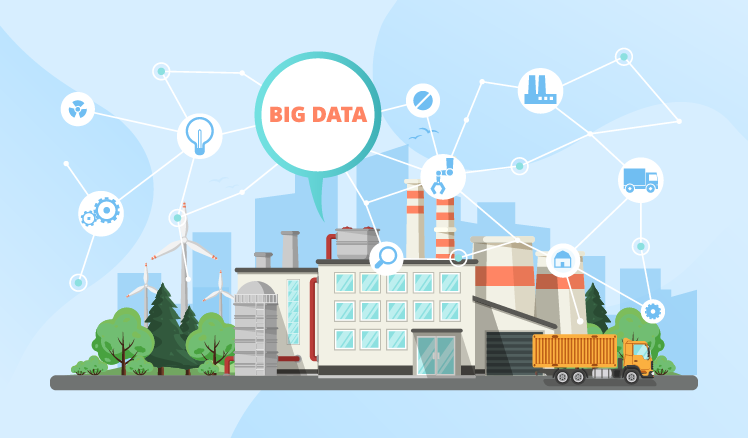Companies that use large amounts of water in their production processes need to build resilience against the very real threat of water scarcity to the sustainability of their business operations. This need is driven by the increasing water needs of a rapidly growing population and the deteriorating effects of climate change.
“Recently, the Global Change Institute at Wits University released a report saying that Gauteng is likely to face a Day Zero drought in the next decade,” says Talbot data scientist and smart water engineer Sashnee Kistan.
“Already, parched companies in various parts of the country are feeling the effects of dwindling supplies, frequent infrastructure-related supply disruptions, mounting water costs and pressure from investors and the market to use water responsibly,” she adds.
“Moreover, many African subsidiaries of global organisations are being told to shrink their carbon and water footprints by as much as 30% by 2030.
Learning from the energy crisis
Proactive companies are learning from the energy crisis through big data, which gives them powerful insights into how to optimize their processes to save water and money and protect themselves from the ethical risks of harming local communities with water problems.
“When energy security and peak charges became a threat, big users started to critically examine their data to find out how much electricity they were using, where they were using it, wasting it and how they could be more efficient.
“Today, forward-thinking organisations are applying these exact same principles in the water space,” she says.
Data talks if you listen
With TalbotAnalytics, a cloud-based platform connected to live process feeds from a manufacturing facility, a team of data scientists and hydraulic engineers working remotely can spot trends in a relatively short amount of time.
“By doing so, we can extract hidden value and opportunities not identifiable through traditional problem-solving methods and without having to continually be at their sites,” she says.
“They say that data will talk to you if you are willing to listen, and that’s true. The analytics and machine learning are built in such a way that we can identify inefficiencies, wastage, unnecessary contamination, problem root causes and then provide measures to resolve, sustain and predict, based on our combined water and data expertise,” she says, adding that these measures are often implemented at little cost, and with significant paybacks.
Kistan gives two examples: After only two months of data retrieval, the TalbotAnalytics service was able to determine that a large snack food manufacturer lost 30% of its entire water supply.
“The exercise identified a potential monthly saving of R300 000, just by reclaiming water that disappeared in the system, process inefficiencies and plant behavioural issues.”
At a soft drink factory, data analysis revealed that the plant lost up to 37% of its water for similar reasons, including poor plant operation. These returns are attractive to companies looking to embrace the digital push, So what’s holding back some local businesses?
Misconceptions
“In Africa, there’s still a misconception that data is linked to plant automation, which really isn’t the case. It’s simply about obtaining a qualitative data stream and intelligently using those streams to get more out of a plant using less.
“There’s also a mistaken belief that in order to access their data, companies need to spend a fortune on Internet of Things technologies which are, more often than not, already built into their plants.”
Kistan concludes: “For us, it’s all about making use of what our clients already have to bring about bankable savings that will make them more resilient in the drier times ahead.”
Source link




